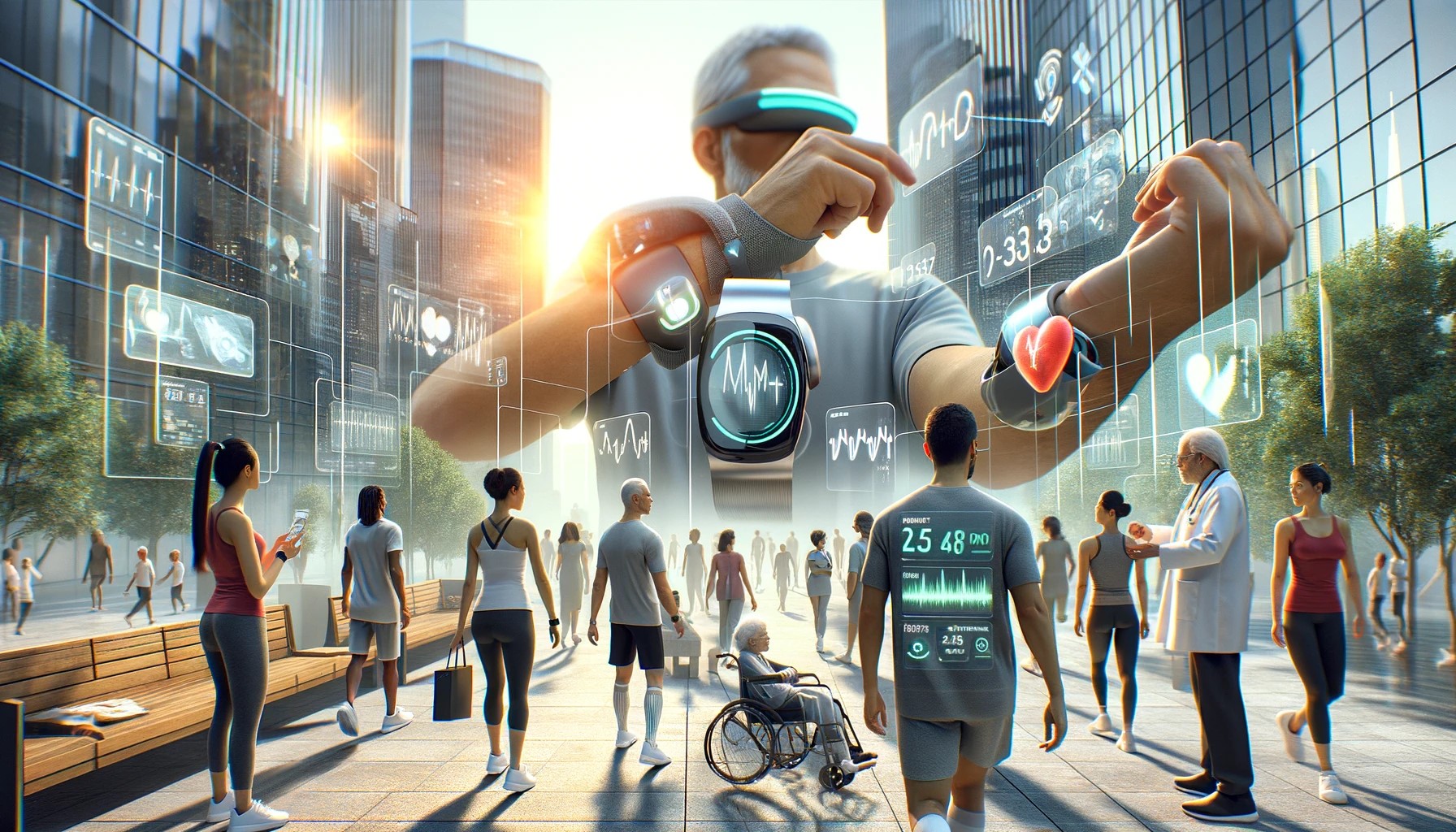In 1966, just as management and systems were growing prominent in business thinking, a doctor named Avedis Donabedian introduced a radically new concept in medical care delivery that was founded upon what we could call …
Continue readingFeatured Articles
The Future of Healthcare AI: Balancing Innovation, Transparency, and Patient Trust
As artificial intelligence (AI) continues transforming the healthcare industry, the ethical use of patient data has become a pressing concern. Recent revelations about tech giants like OpenAI, Google, and Meta using copyrighted material without permission …
Continue readingCollaborative Intelligence: How Human Expertise and AI Synergize in Healthcare
Artificial intelligence (AI) holds immense potential to revolutionize healthcare by improving patient outcomes, reducing costs, and optimizing clinical processes. However, realizing this promise requires a thoughtful approach to developing AI models, particularly regarding the quality …
Continue readingThe Price of Progress: Protecting Patient Privacy in the Age of AI
As artificial intelligence (AI) continues to revolutionize industries across the globe, its impact on healthcare is becoming increasingly apparent. From diagnosis and treatment planning to drug discovery and clinical trials, AI has the potential to …
Continue readingWhy Every Healthcare Organization Needs a Chief AI Officer
As artificial intelligence (AI) rapidly transforms industries and reshapes organizations’ operations, the need for dedicated leadership to navigate this complex landscape has become increasingly apparent. Just as the introduction of electronic medical records (EMRs) necessitated …
Continue readingNtC 35: Systems Thinking to Identify Opportunities
In this episode of Navigating the Code podcasts, I want to share a pivotal concept from my book that resonates deeply with the healthcare profession: the systems approach to management and its potential for a …
Continue readingPerverse Incentives Drive Patient Costs for Out-of-Network Care
The recent New York Times investigation into the practices of MultiPlan, a little-known data analytics firm that works with major health insurers to determine reimbursements for out-of-network medical claims, highlights the dangers of perverse incentives …
Continue readingTransformative Digital Health Tech: Focus on Outcomes, Privacy, Workflow, Data Ownership
The emergence of wearable digital health technologies (DHTs) can revolutionize healthcare by providing personalized, data-driven insights into patients’ health and well-being. As these technologies progress from experimental applications to routine use in clinical care, healthcare …
Continue readingProtect Patients from AI-Driven Healthcare Misinformation
The proliferation of health misinformation, a complex and formidable issue, was underscored by a recent Supreme Court case involving the Biden administration’s battle against false COVID-19 vaccine claims on social media. As a healthcare information …
Continue readingSetting the Standard: The Critical Role of Outcome-Centric Healthcare AI Regulation
As artificial intelligence (AI) rapidly evolves from a futuristic vision to a tangible reality, we must prioritize patient outcomes in developing AI-driven care tools. A recent article in JAMA underscores this view by exploring how …
Continue reading










